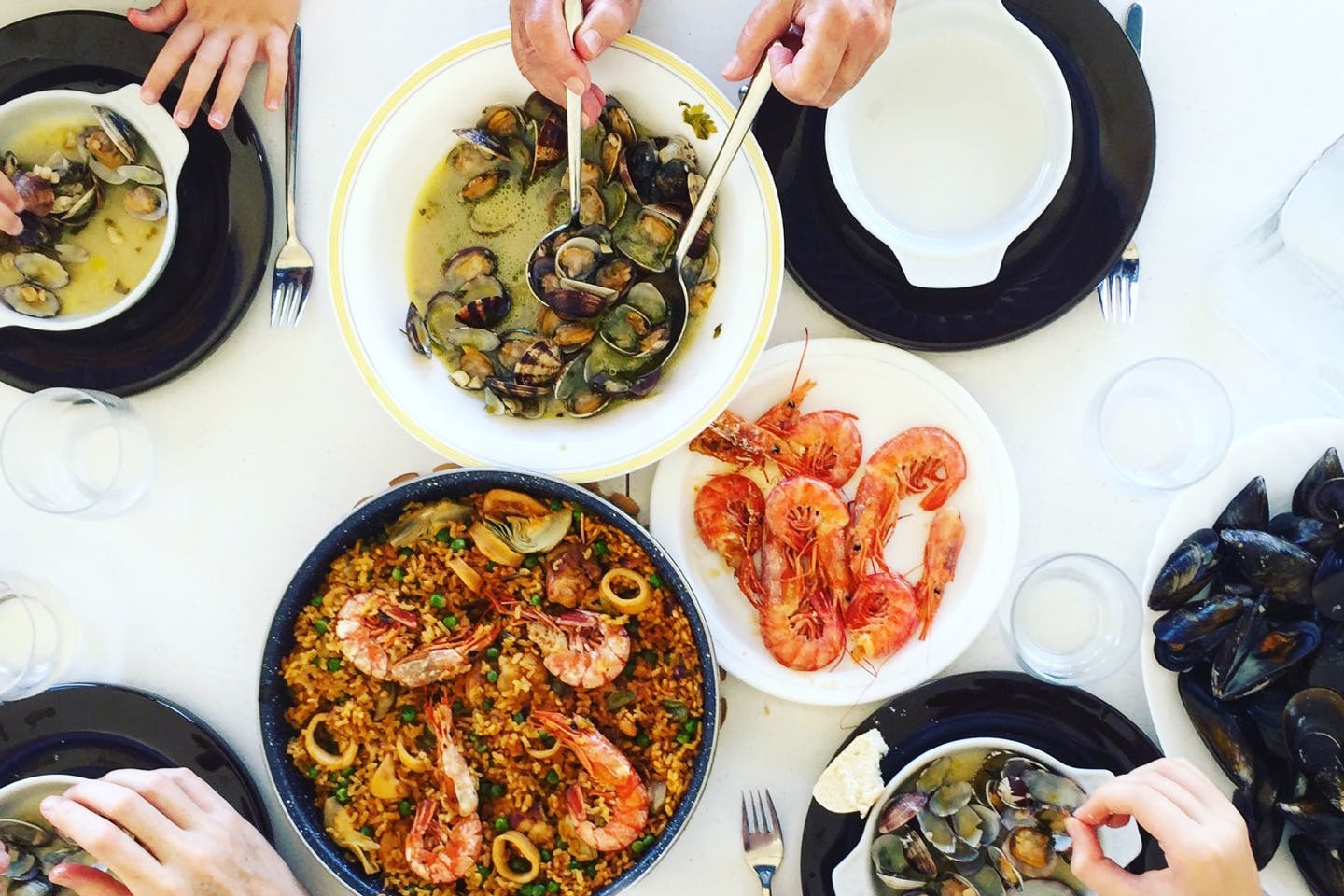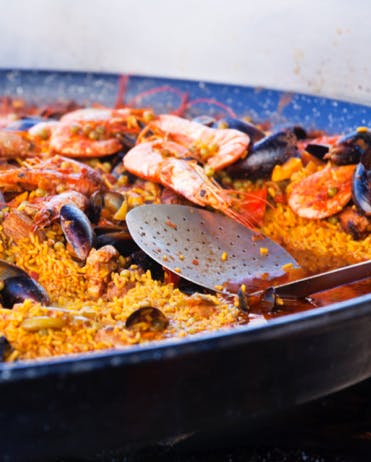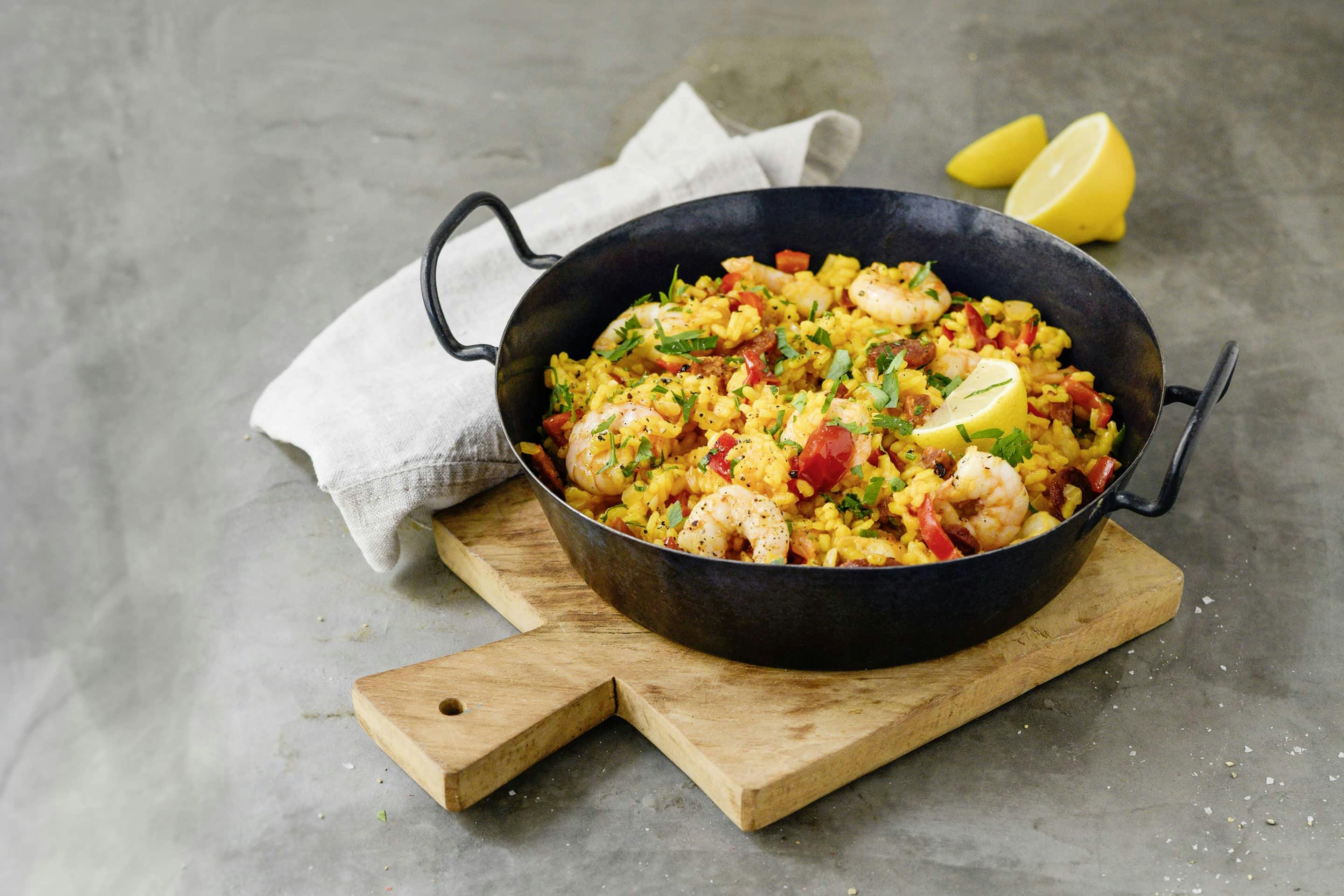Saffron
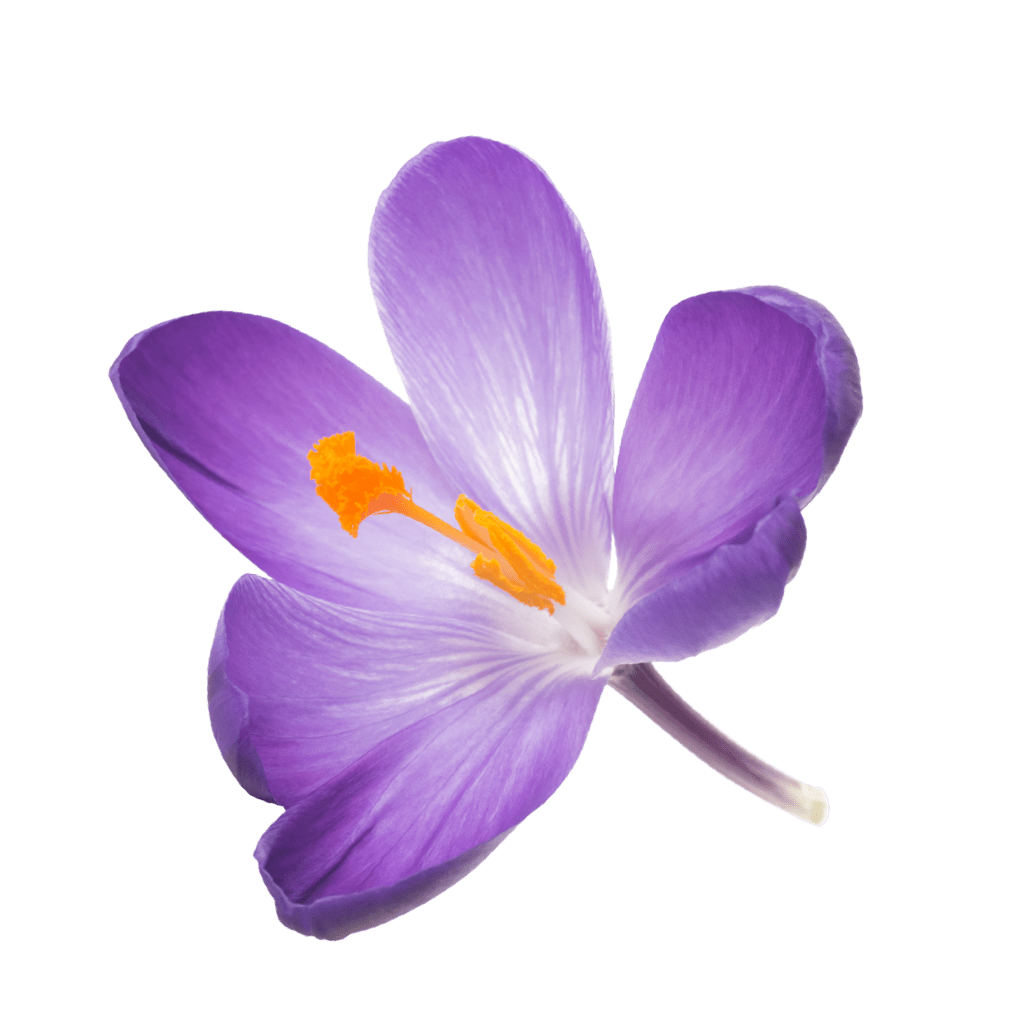

Saffron is harvested in the golden morning sunlight. Speaking of gold, saffron has a similar value to the precious metal! Its subtle and aromatic, honey-like flavor can be used in all cuisines and a wide variety of dishes.

Saffron as a Spice
Virtually no other spice is as mysterious and coveted as saffron. Its long-lasting flavor is reminiscent of honey and musk and has a floral, earthy note that can also have a slight hint of spice. Just a small amount of the most expensive spice in the world provides an incredibly intense flavor and adds a bright yellow color to dishes. The spice is available in the form of whole threads or as a powder. Saffron threads retain flavor better, and it’s much easier to determine the quality of the spice when it’s in this form. Around 150,000 flowers need to be harvested to produce one kilogram of saffron.
Usage
To enjoy the full flavor of saffron, it should be used sparingly and shouldn’t be combined with too many other spices. Chili and vanilla are the perfect companions to its precious flavor. Saffron is a great addition to almost any dish, but it’s particularly good with fish, poultry, rice and pasta or in cakes. Since saffron’s flavor is only released when it’s heated—but it shouldn’t be heated too much—we have a trick that will help you get the most from this precious spice: Grind the threads with a mortar and pestle or between your fingers and soak them in a little water or milk. This saffron reduction can be added to the dish once it is nearly cooked.
Tip!
Saffron reacts very sensitively to heat: It should only be added during cooking if the temperature is not too high. Sprinkling the threads straight onto a hot dish also destroys their delicate flavor.
Related recipes
Currently Viewing: 1 of 0
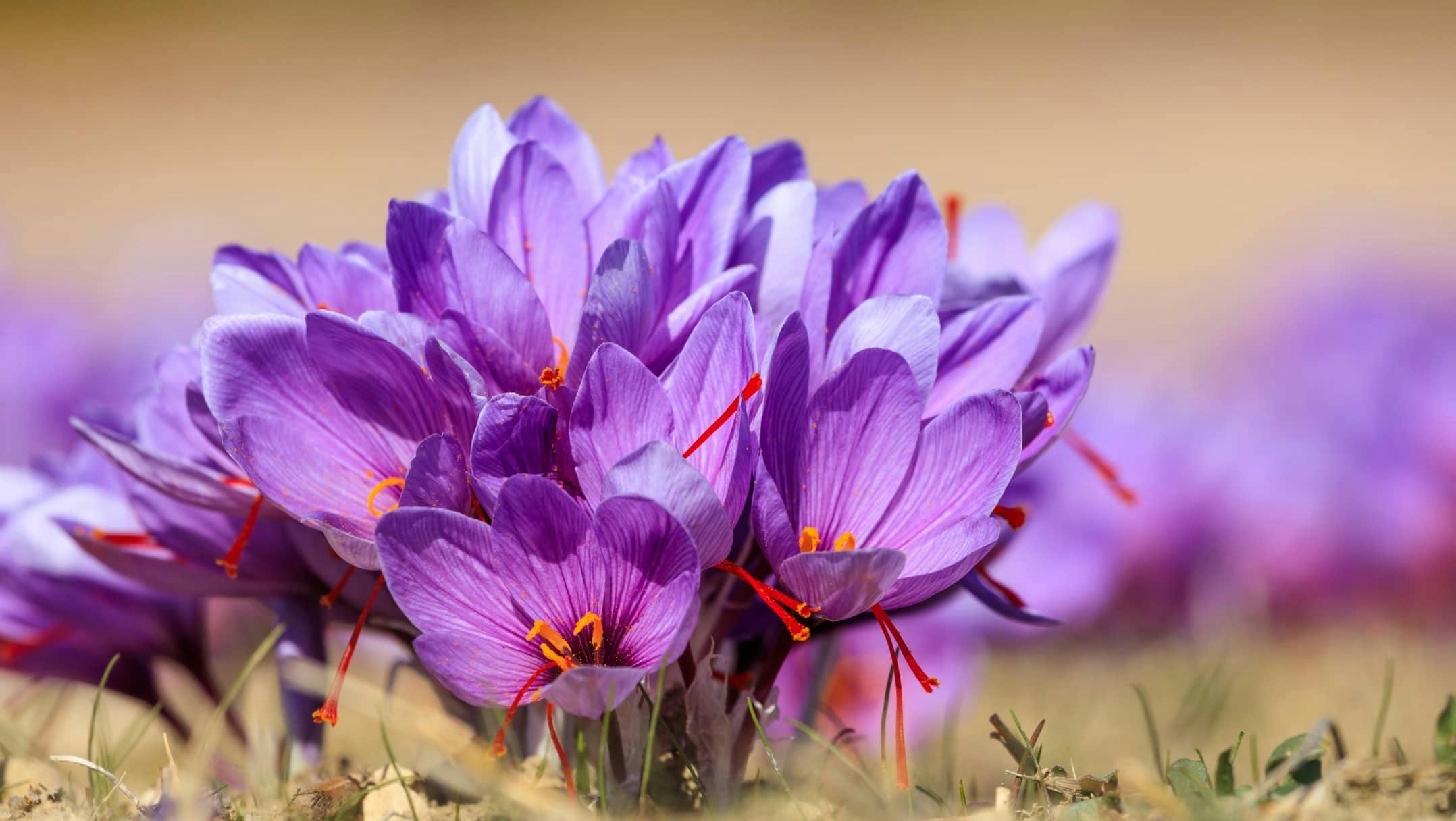
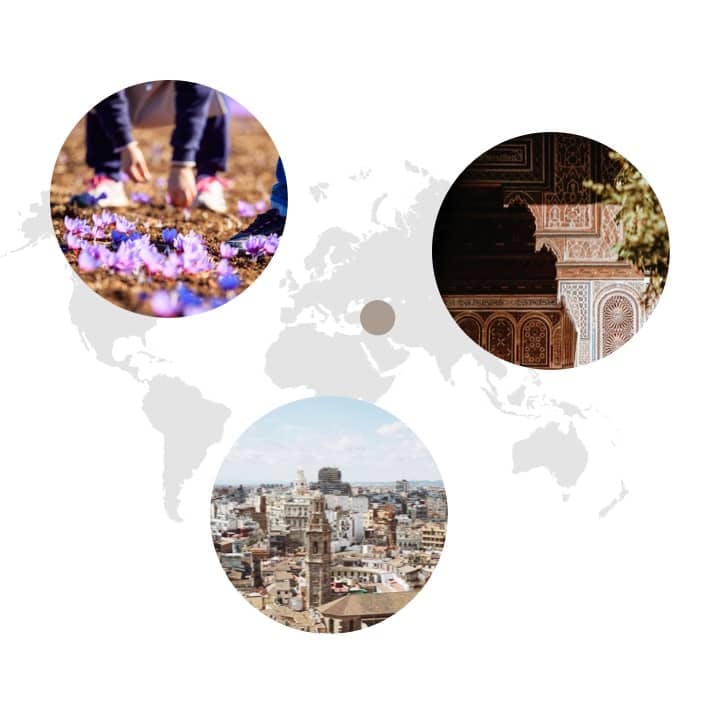
The Plant
Saffron is thought to have made its way to Central Europe from Crete, resulting in saffron also being cultivated in Austria. It can still be found in the regions Burgenland and the Wachau today. Around Maissauer Berg in Lower Austria and in the north of Burgenland, saffron threads were plucked from the light blue and violet flowers early in the morning to make sure that they were not damaged. Each bright orange stigma from the crocus sativus is picked by hand, which explains the relatively high price of saffron. As a result, there have always been fake versions of the spice in circulation. Tourists in Morocco, Tunisia, Turkey and Egypt today are sold the much cheaper safflower, thinking that they are getting saffron.
Factbox
- Scientific Name
- Crocus sativus
- Family
- Iris family (Iridaceae)
- Other Names
- Autumn crocus, crocus, saffron crocus
- Origin
- Crete
Discover more
Sage



